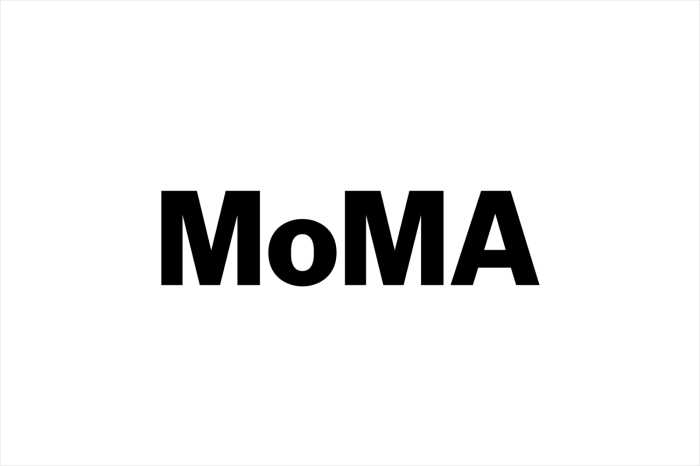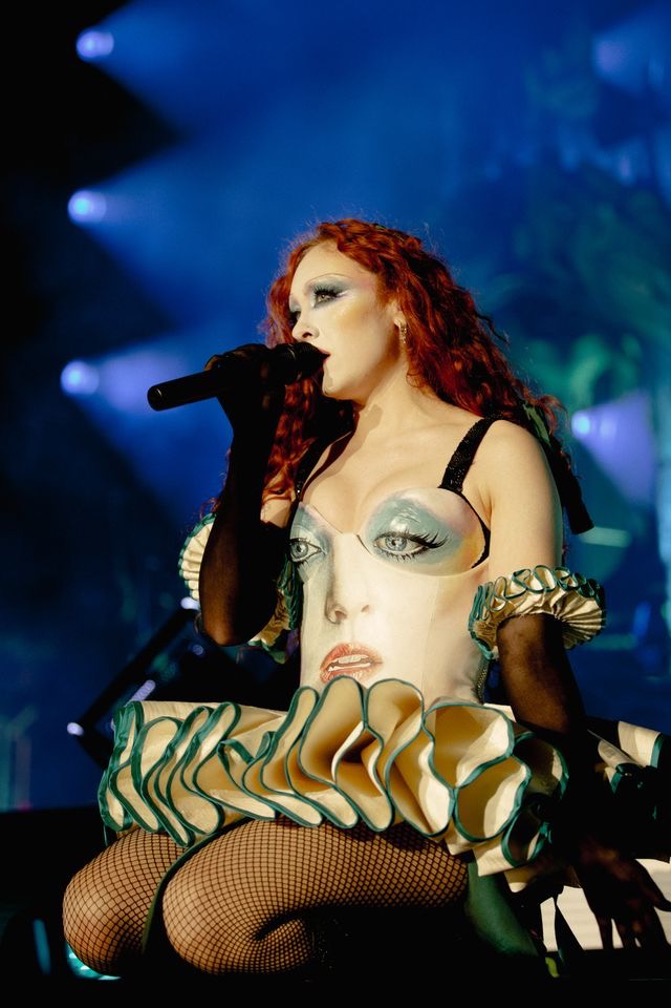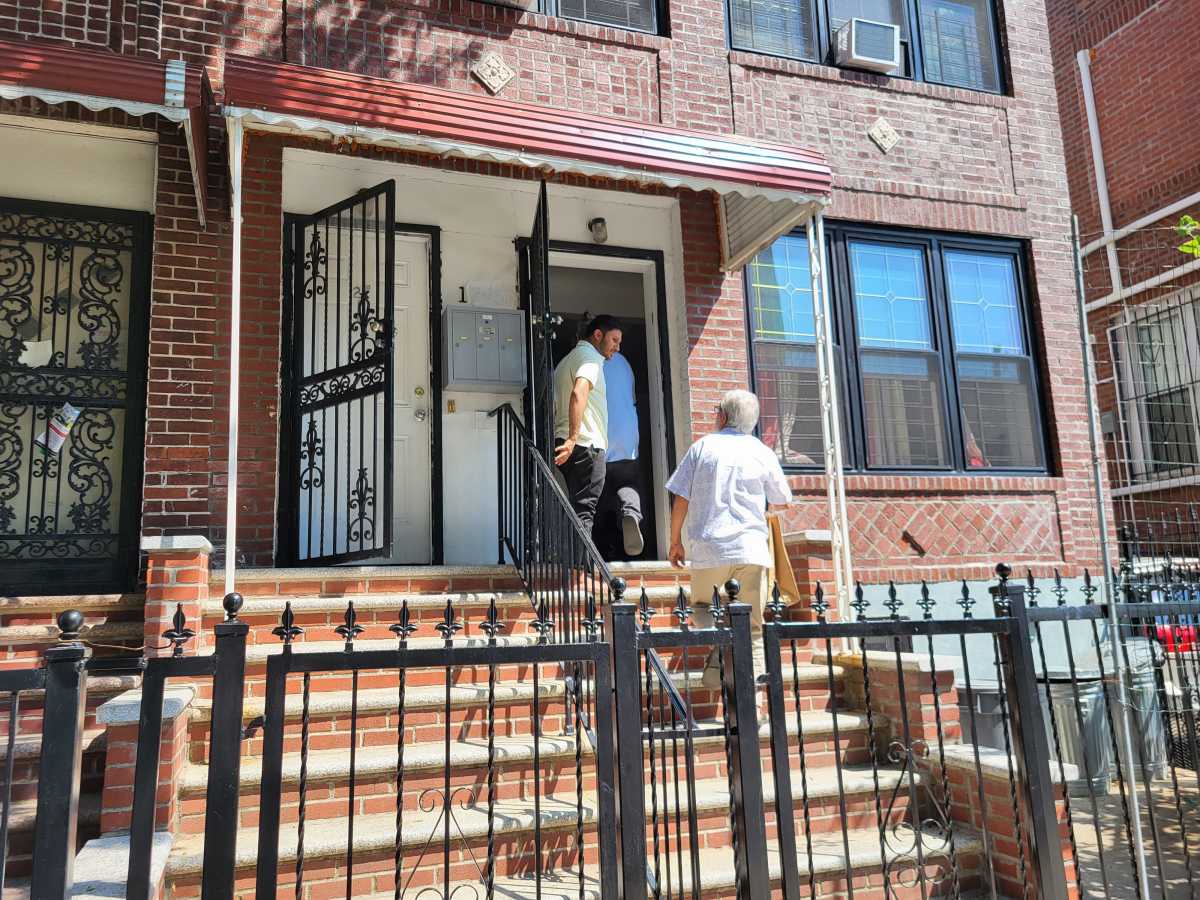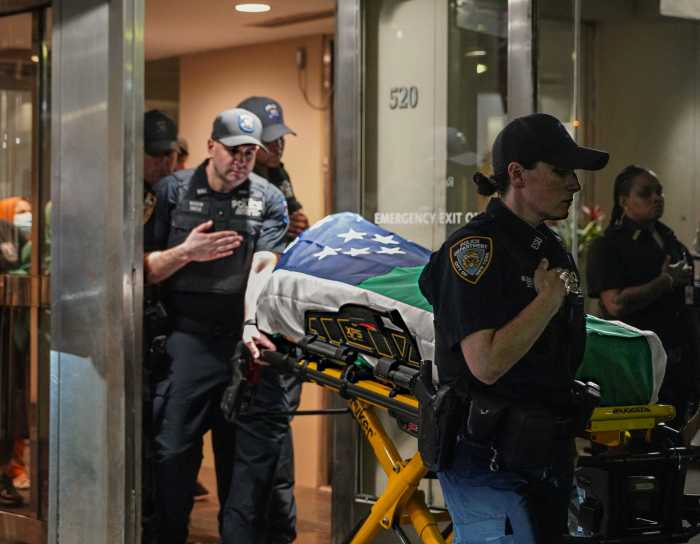By Bonnie Rosenstock
Since its founding in 1883, the originally named Deutsches Dispensary on Second Ave. at E. Ninth St. had been dedicated to the health and well-being of the community.
Beginning in the 1830s and for almost a century thereafter, the Lower East Side, which included the East Village, was predominantly German. In the 19th century, health clinics, such as the German Dispensary, were established to provide free medical care to the poor, who lacked even basic health services. The clinic later became part of the German Hospital (now Lenox Hill) on E. 77th St. and Park Ave.
In 1906, the building was sold to the German Polyklinik, which changed its name to the Stuyvesant Polyclinic as a result of anti-German sentiment during World War I. In 1972, it passed to Cabrini Medical Center and was renamed Cabrini Stuyvesant Polyclinic. In recent years, the facility specialized in mental healthcare (individual, family, couple and group therapy, medication therapy and referral) and the treatment of AIDS (testing, counseling, complementary medicine and support) as a Designated AIDS Center.
The polyclinic building and the Ottendorfer Library were designed by German-born architect William Schickel in what has been variously described as Rundbogenstil — or German round-arched — neo-Romanesque style or ornate Italian Renaissance revival design, with a little Queen Anne (late Victorian), depending on the architectural reference. The red Philadelphia pressed-brick facade features striking ornamental details in molded terra cotta, which depict the function of each building. For the clinic, there are five sculpted portrait busts of famous physicians and scientists, including the English physiologist William Harvey, Swedish botanist Carolus Linnaeus, German scientist and explorer Karl Wilhelm von Humboldt, French chemist Antoine Laurent Lavoisier and German physician and author Christoph Wilhelm Hufeland below the cornice. On the columns of the archway are busts of (from left to right) Claudius Galenus, second-century physician and philosopher; Aesculapius, a mythical Greek healer; Hippocrates, who is considered the father of medicine; and Anders Celsius, of thermometer fame.
The Ottendorfer Library is just one of two libraries designated by the New York City Landmarks Preservation Commission for both its exterior and interior. However, only the clinic’s exterior is landmarked, having been so designated in November 1976. On the main floor, a tall column, topped with a Corinthian capital, stands beside a solid winding three-floor marble staircase. On the wall of the first-floor landing, a massive plaque in German commemorates the founding of the clinic. Sitting on the landing there is a statue (date unknown) of a nun or Sister of Mercy with a winged female figure kneeling at her feet, holding a scroll written in Latin, “Omnia possum in eo qui me confortant.” Loosely translated, “I can do anything through Christ who gives me strength.” (Saint Jerome’s “Vulgate” Latin translation of the Bible, Philippians, Chapter 4, verse 13. Note: The Latin verb at the end should be singular, not plural. Thanks to Ian Alexander for research and translation.)
As the wooden doors and iron gates close this chapter of the building’s illustrious past, one only hopes that Hippocrates’ wise counsel to physicians will also apply to its future residential conversion: “Primum non nocere” — “First, do no harm.”





































